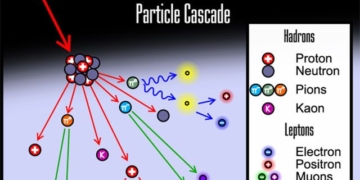Facial expressions, vocal pitch, or intonation can convey a wide range of emotional states in a person. The degree to which these are expressed largely depends on the intensity of the feelings. But is it true that stronger emotions are easier for people to understand?
To clarify this, an international research team including scientists from the Max Planck Institute for Empirical Aesthetics, New York University, and the Max Planck NYU Center for Language, Music, and Emotion (CLaME) discovered paradoxes between the intensity of emotional expression and how we perceive them.

Emotions have varying levels, degrees, and intensities.
Emotions have varying levels, degrees, and intensities. A person bitten by a dog or cat may feel fear, but that fear is insignificant compared to the terror they would experience if attacked by a lion or tiger. Therefore, the emotional responses of individuals often vary in intensity. But how does this affect our perception abilities?
Previous research on emotions has assumed that: “Emotions become clearer as their intensity increases.” A group of researchers from Frankfurt am Main and New York investigated the role of emotional intensity. They collected non-verbal sounds including screams, laughter, sighs, moans, etc. These sounds encompassed both positive and negative emotions, ranging from low to high intensity. The scientists examined how listeners perceived these sounds at different emotional intensities.
The research team reached a surprising conclusion: Initially, as the intensity of emotions increased, the participants’ ability to evaluate and perceive them improved significantly. However, when emotions became too intense or reached maximum intensity, the level of perception and awareness of them decreased considerably.

The degree of expression depends significantly on the intensity of the feelings.
The lead author, Natalie Holz from the Max Planck Institute for Empirical Aesthetics, explains: “Intense emotions are not the best way to express or convey thoughts; rather, ambiguity and moderate intensity make it easier for the receiver to comprehend and process.”
For extremely intense emotions such as surprise, triumph, or pleasure and discomfort; these types of emotions are difficult to categorize as more positive or negative. However, both intensity and arousal states are perceived consistently and clearly.
The group’s research, published in the journal Scientific Reports, emphasizes that emotional intensity is a key factor influencing emotional perception, but it is processed in a much more complex manner than previously thought. This presents a challenge to popular theories of emotion. Research on emotional intensity, especially high-arousal emotions, can enrich our understanding of emotional experiences and how we communicate feelings.





















































